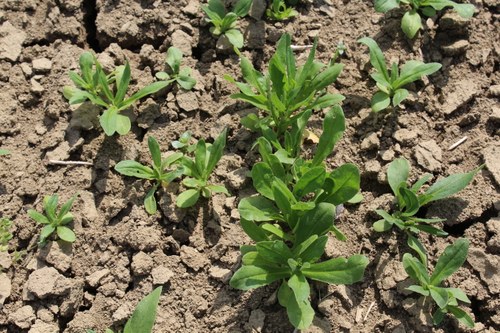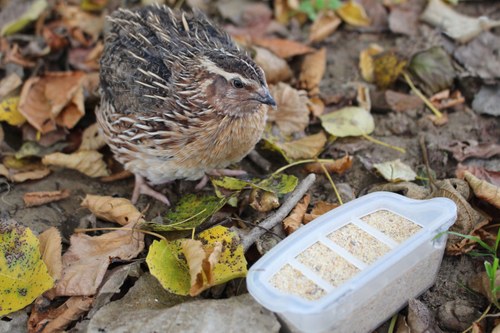
In the actual scenario of lack of vegetable raw materials for animal feeding and scarcity of crop alternatives for farmers, the rationale behind ARGENTO project is a win-win story.
Camelina represents an alternative oilcrop to be introduced into cereal-based cropping systems, able to grow with low environmental footprint and to source valuable seed cake for poultry feeding (i.e. quails) to produce healthy meat and eggs.
At this scope, new camelina lines with improved seed quality:
The choice of quails (Coturnixcoturnix Japonica), as animal model to test camelina cake (rich in protein, antioxidants & about 12% of residual oil), results strategic since quails are characterised by fast growth, short production cycle and early sexual maturity. Such characteristics allow designing time-saving experiments, thus achieving reliable results within the project duration.

The Argento system will be thoroughly evaluated from the environmental and the socio-economic points of view, to determine its feasibility and repeatability.
The final scope of the Argento project is to evaluate with a fully integrate multi-disciplinary approach the effects of the agronomic management (i.e. sowing dates) under different environments on the final seed quality of the newly released camelina lines aiming at optimizing seed qualitative traits for poultry feeding (i.e., quails).
Moreover, the quail is a poultry species with economic relevance, for both meat and eggs production, and, being its digestive tract similar to that of the chicken, results of the Argento project would be replicable/extendable also on chickens.
The new proposed production system will be thoroughly evaluated either from the environmental as well as the socio-economic points of view, to determine its feasibility and replicability. Parallel to the optimization of the agronomic management, a deep study of the GLS biosynthetic pathway will be carried out.
The identification of GLS synthesis and transportation genes in camelina would pave the way for further improvement of the seed quality traits by genome editing technologies, aiming at producing camelina lines with negligible contents of GLS in the seeds and only minimally influenced by growing conditions.